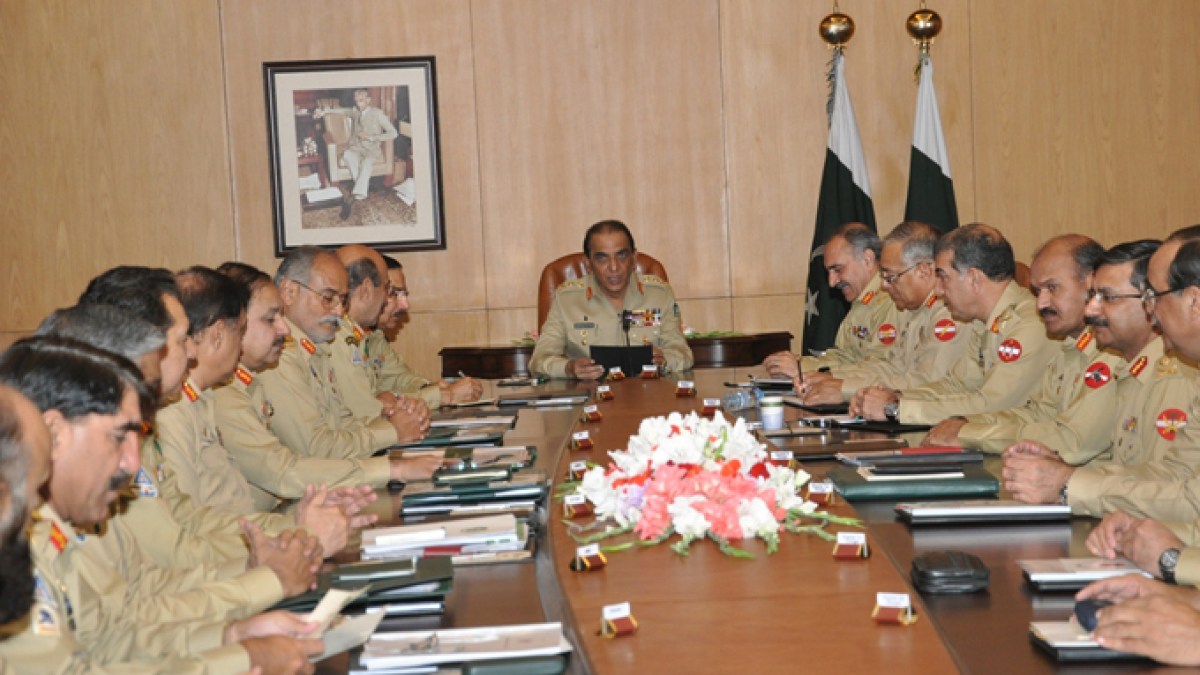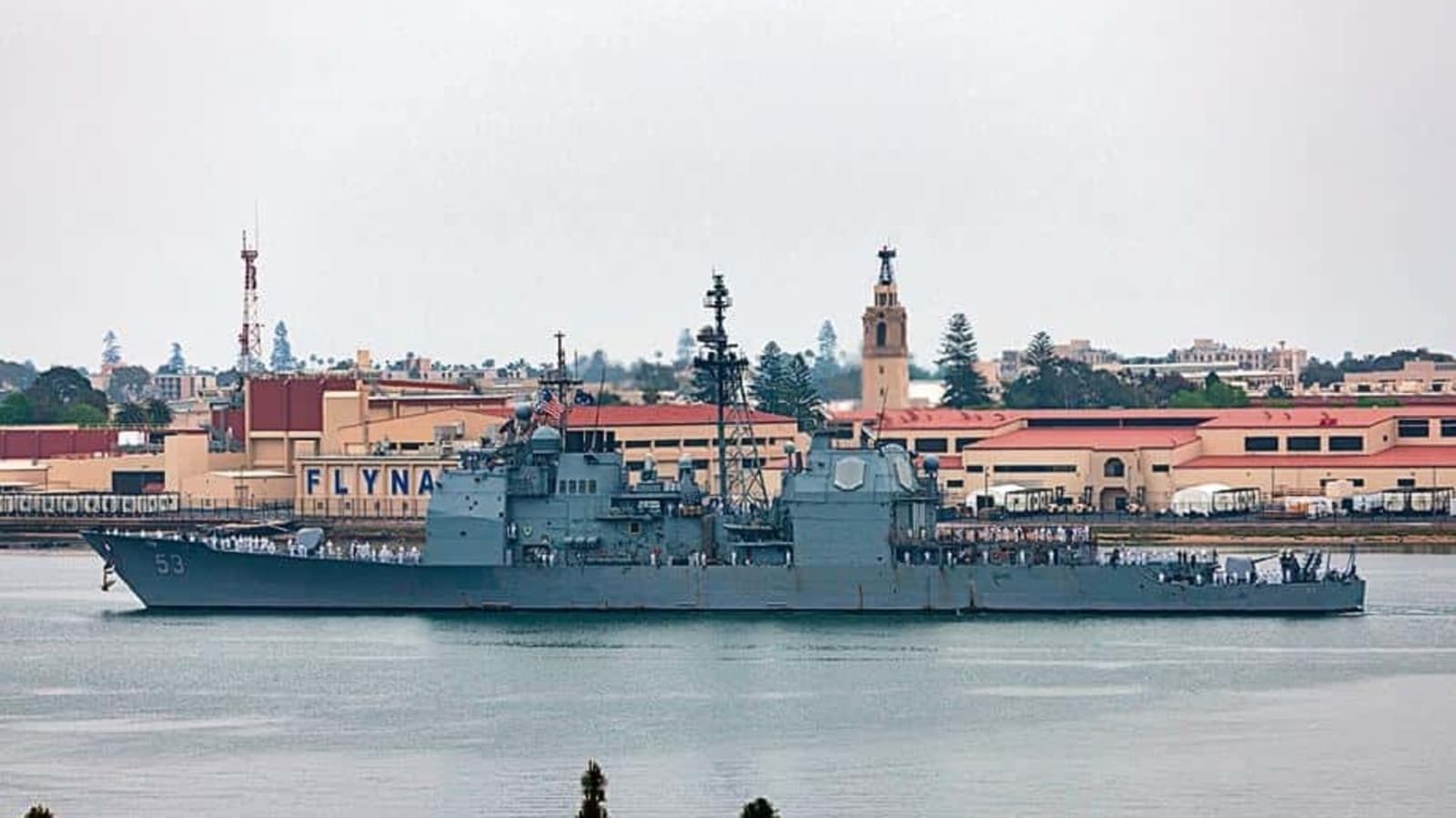VkdIndian
SENIOR MEMBER

- Joined
- Jan 6, 2021
- Messages
- 3,163
- Reaction score
- -6
- Country
- Location
Detection of an aircraft depends on various factorsYou seriously think that Pakistan which could jam Indian's communication , made their pilots and fighter jets blind and deaf on 27th Feb 2019, didn't know the existence of 2 heavy Chinooks in its airspace for over one hour and 20 minutes!!!
1. Placement of sensors aka radars. Based on the threat environment these are placed accordingly.
2. The watch hours of these sensors. Because all the radars can’t be kept on all the time they are switched on to give optimum coverage based on threats and likely adversary air activity. It is based on intel as well as your own equipment capability to take beating.
You can’t keep all the sensors switched On all the time. They would finish their technical life in no time.
There are many more factors but let’s analyse just these two.
Is there any aerial threat to Pakistan from Afganistan side? Nope. Hence the sensors are primarily placed with Indian border in mind. Unless Pakistan has so many radars that it can place them on Afganistan border also after covering the entire Indian side. Which is not possible considering the assets available with PAF. Hence there are bound to be some radar gaps.
Even if radar cover is available, would it be optimised to detect threats at low level or medium level? Single radar can’t do both. Considering the first aspect above it is unlikely that Pakistan has adequate or any radar cover on the Afghan border.
Even if available the platforms flying at extremely low levels are unlikely to be picked up. That’s what Americans did. They did what is called Nape of Earth (NoE) flying and highly optimised low level radars also fail to pick up such targets some times. Even terrain plays an important role in this. We know the terrain in this region is hilly reducing the radar detection ranges due to radar shadow areas.
Considering that PAF doesn’t cover the Afghan border due to low threat from that direction it is unlikely that PAF detected anything at all.
It is obvious that you haven’t done any reading on this matter. The seals had planned it all. The remaining helicopters had the capability to lift the load if one of them them faced any issues, technical or operational.Care to answer the question how the seals from the destroyed helicopter boarded one remaining one!!
Do check its weight and persons carrying capacity when you do that.
No more heptr flew in. The remaining heptrs had the spare capacity to undertake the task.
Read these accounts.

The raid: How it happened
The full story of the night Bin Laden was killed, as told by those in the crosshairs.

Military failures revealed by Bin Laden raid
Leaked report obtained by Al Jazeera details Pakistan’s inability to defend its borders.
Please don’t get carried away by propaganda and conspiracy theories.
Please don’t ask irrelevant questions while you don’t seem to have studied this subject at all.
This was my last reply to you.
Thanks to you this post has been reported as off topic.
Last edited:










